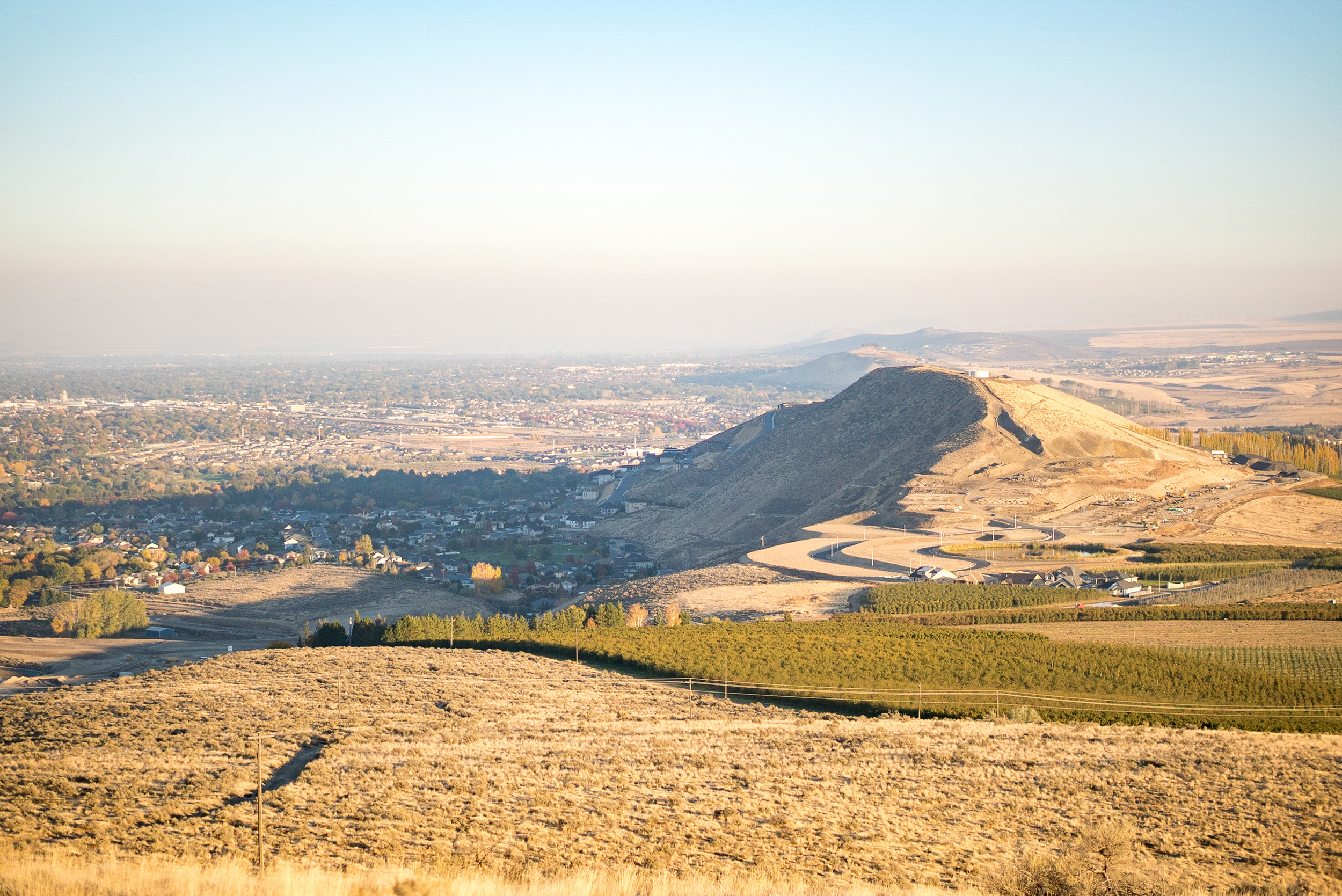Irrigation FAQs
FAQs
A: This is by far the most common complaint that the District receives each season. Quite often the“low pressure” is caused by a plugged filter. Homeowners should plan on routinely checking their filters to ensure proper operation throughout the irrigation season. If your filter is clean, try watering on an alternate schedule to avoid peak watering times.
If the situation persists after cleaning your filter and using an alternate watering schedule, please call the District office.
A: 50 psi. This is the measured pressure with all of your sprinklers off.
A: As an example, for a 1-acre lot with a 1-inch service, the maximum flow (GPM) per zone should not exceed 26 GPM. For lots with less than one acre fitted with a ¾”-inch service the max flow per zone should not exceed a range of 15-20 GPM depending on lot size.
A: The most commonly used sprinkler for turf watering within BMID is the impact type. This sprinkler design is best suited for use with irrigation water. Gear drive sprinklers, while efficient and well-designed, are not really meant to be used with irrigation water. The suspended solids such as clay, silt, and small particles of vegetative matter that come naturally with Yakima River water tend to prematurely wear gear drive internals or causes them to not work reliably. Drip systems are also very efficient and popular; however, a drip system requires special filtration when used with irrigation water. For relatively trouble-free operation, the District recommends the use of impact sprinklers where possible, especially for turf watering.
A: The District recommends the use of an inline wye-strainer as manufactured by Sonntag Machine & Manufacturing Company, Inc. Size: 1 ¼” or 2” depending on lot size and fitted with a 1/16” 304 stainless steel perforated screen. For more details, the District office provides handouts that describe this particular strainer and screen material.
Note: Typically, the irrigation water is the dirtiest during the annual spring runoff. The clearest period is generally from July to the end of the season in October. Refer to the Sonntag filter screen image for more information.
A: Yes. With few exceptions, the District has been able to provide irrigation water service to all customers on a “demand” basis. That means that customers do not have to order water deliveries in advance like most irrigation districts. However, each year there are occasional peak demand periods when daily high temperatures exceed 100° F. When too many customers water at the same time, distribution line pressures can drop due to higher than normal flow velocities within a given pipeline.
If this situation persists, the District may recommend that you water at a different time in the morning and/or evening. For example, instead of watering at 6:00 a.m., alternate to 8:00 or 9:00 a.m. In any case, avoid watering during the hottest part of the day. The district suggests following the turf watering guidelines recommended by the WSU Extension Center, Irrigated and Agriculture Research. See the Irrigation Policies Page for more information.
A: Yes. This is very important for a number of reasons:
1. The valve can stop flooding or erosion within your property in the event of a pipe break or a blown sprinkler head. Its location and operation should be known to all family members.
2. This valve is necessary to enable the homeowner to temporarily shut-off the incoming pressurized irrigation water to allow for the periodic inspection/cleaning of the homeowner’s wye strainer.
3. This valve is essential for the proper blowout of the homeowner’s sprinkler system at the end of the irrigation season. This valve must be closed to allow compressed air to be admitted only to the homeowner’s irrigation system. Not the District’s.
4. Finally, having your own isolation valve eliminates the need to get into the adjacent BMID valve box that serves your property. That box and fittings are the property of BMID and reserved for District use only.
Note: Typically, the irrigation water is the dirtiest during the annual spring runoff. The clearest period is generally from July to the end of the season in October. Refer to the Sonntag filter screen image for more information.
